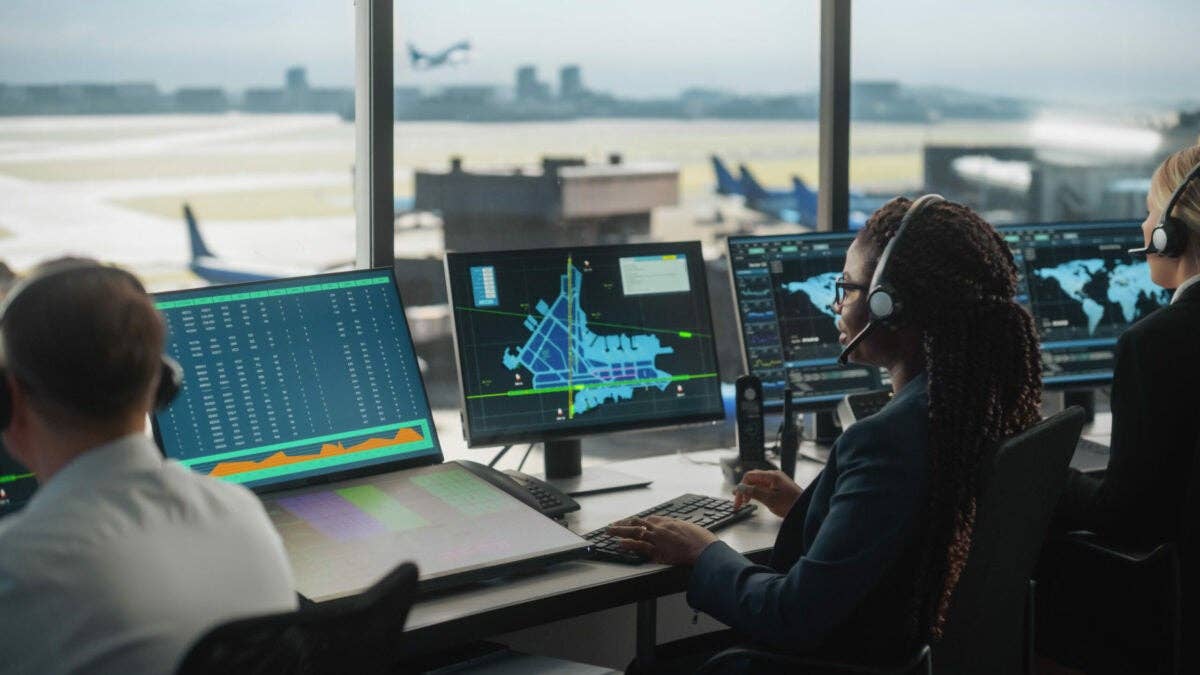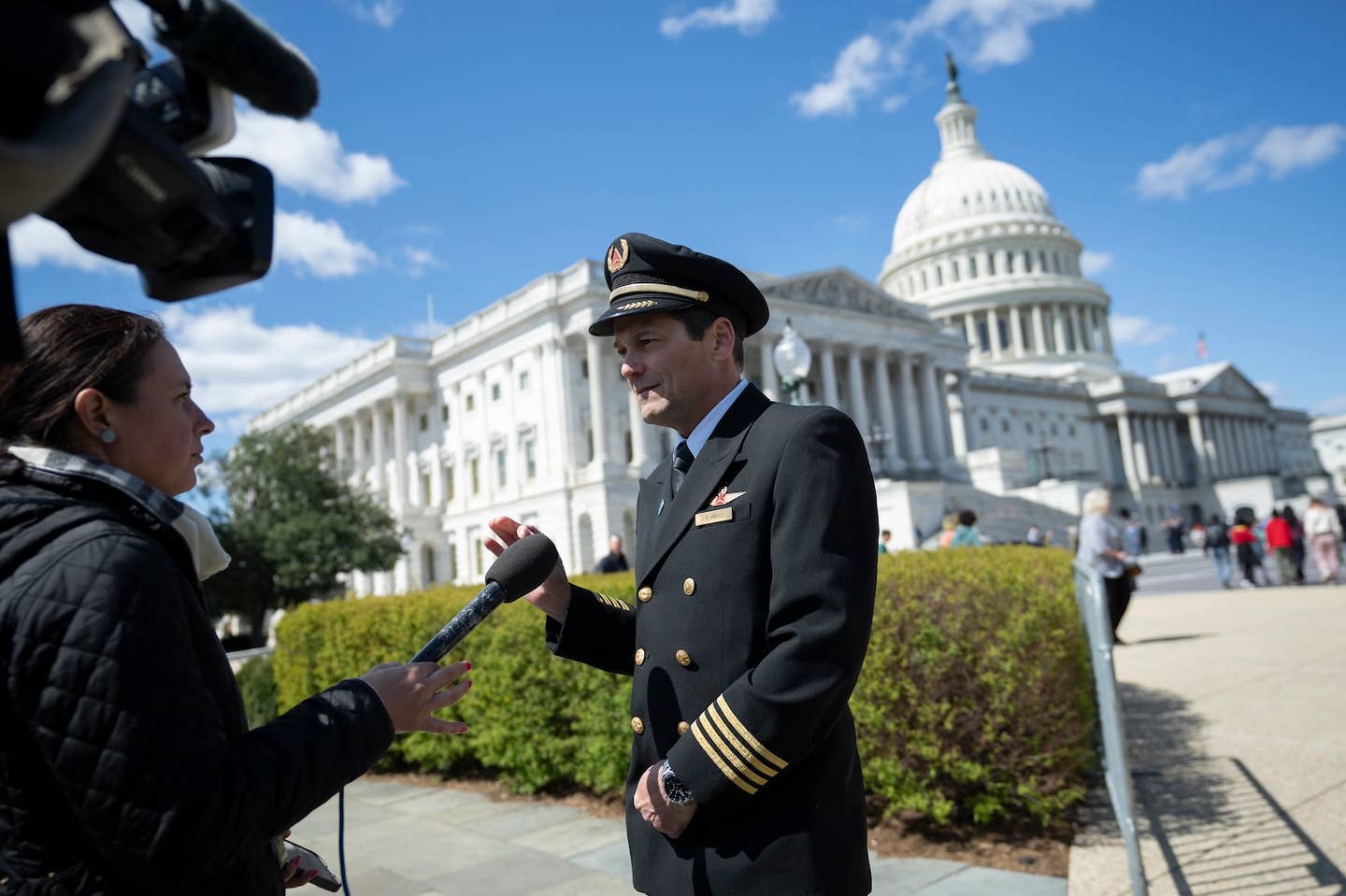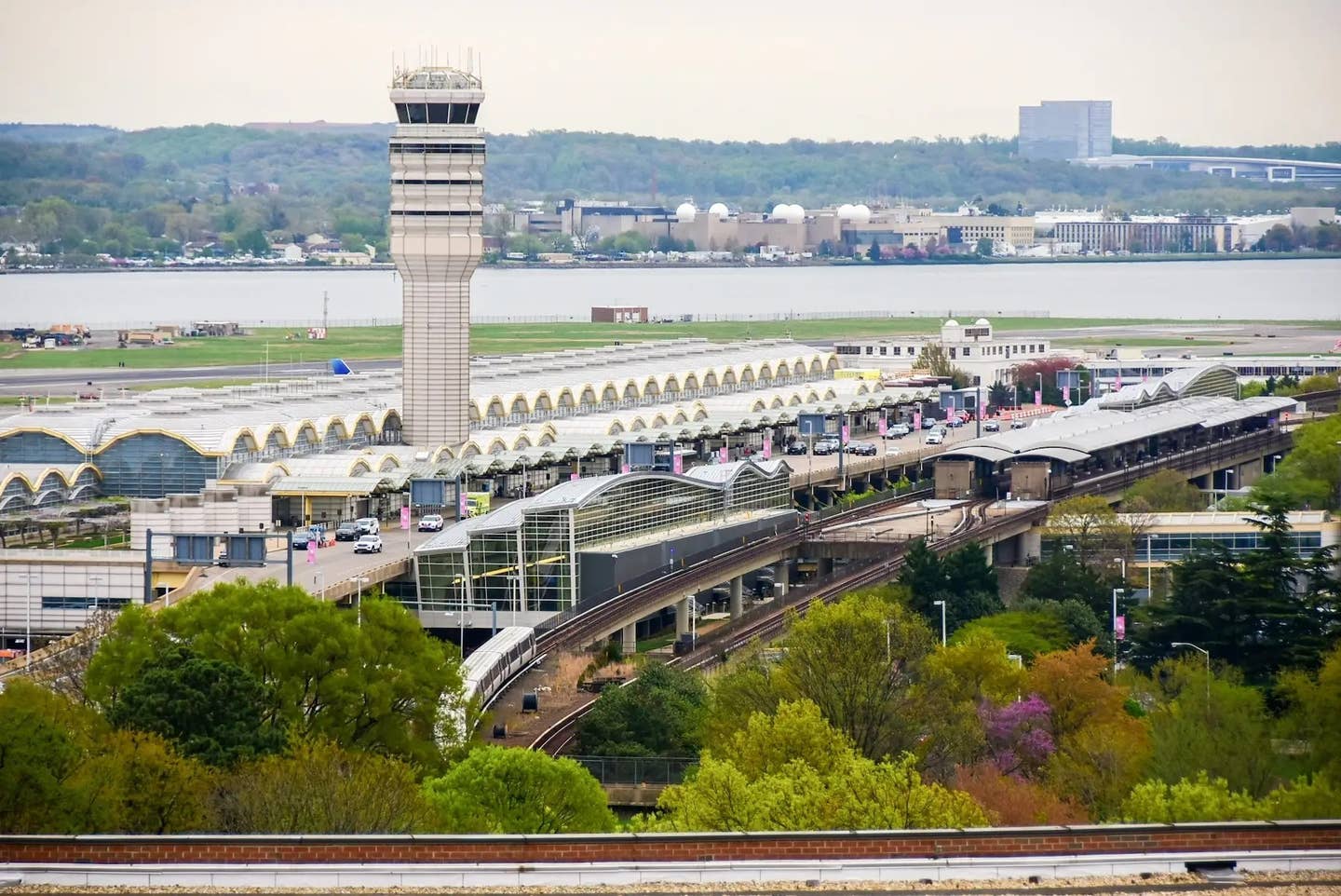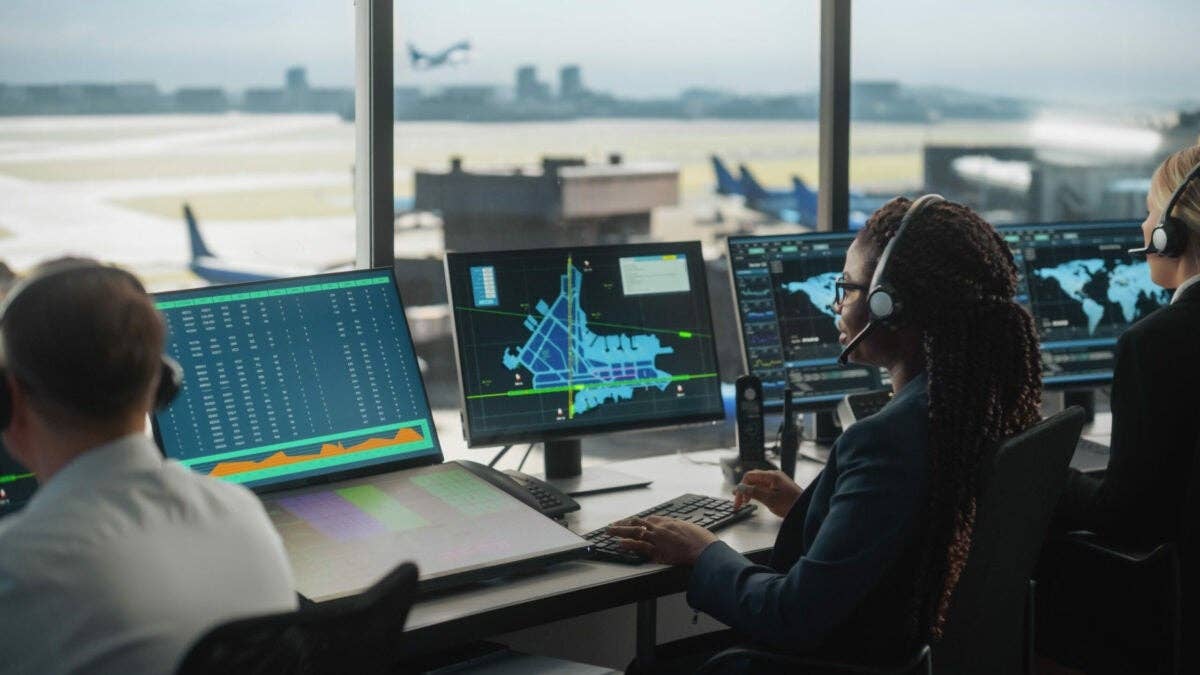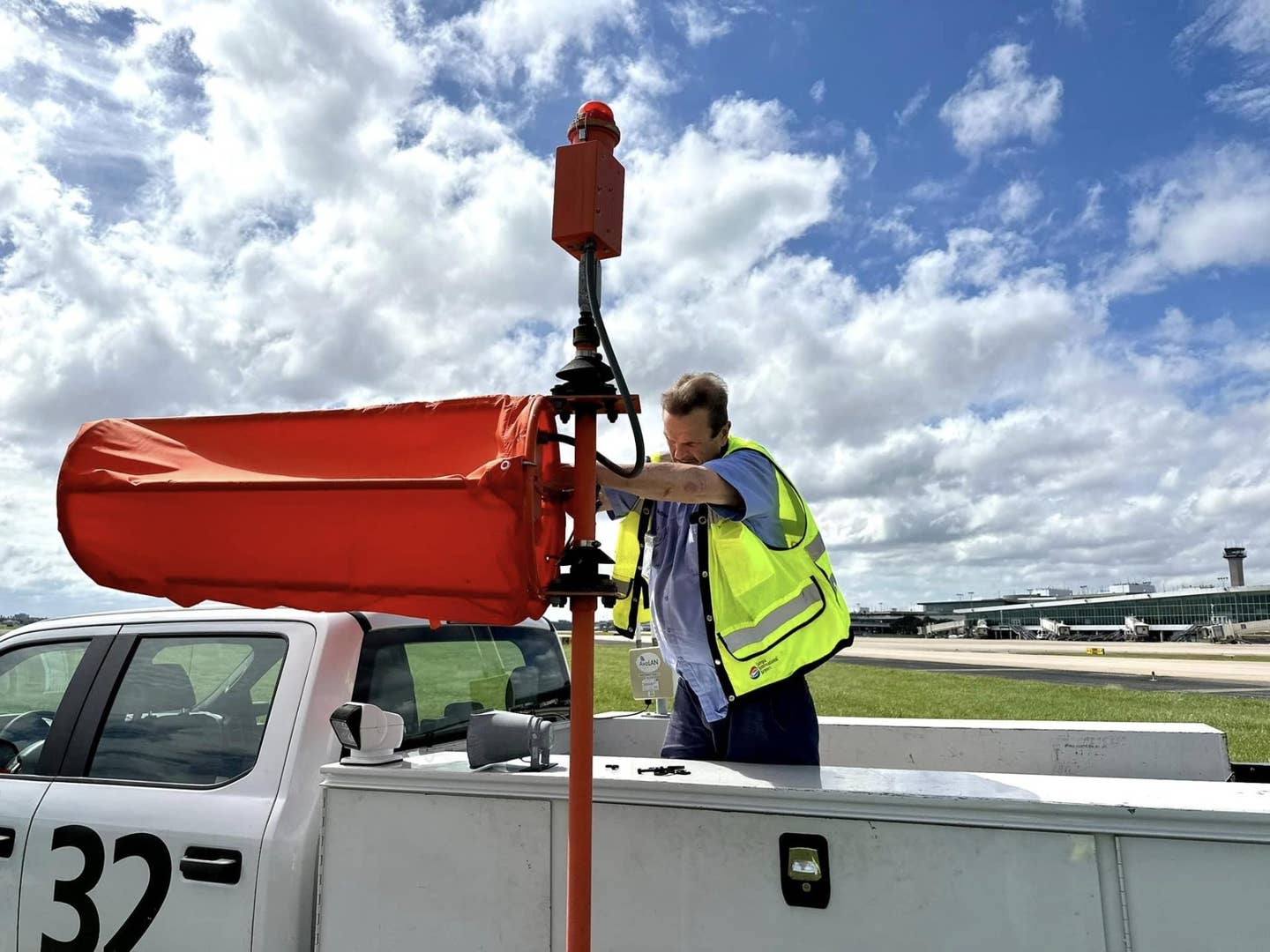Pro Track: Finding Your Way to an Airline Pilot Career
If you can picture yourself in the left seat of an Airbus, or Embraer, then you have the first step necessary to becoming a professional pilot.
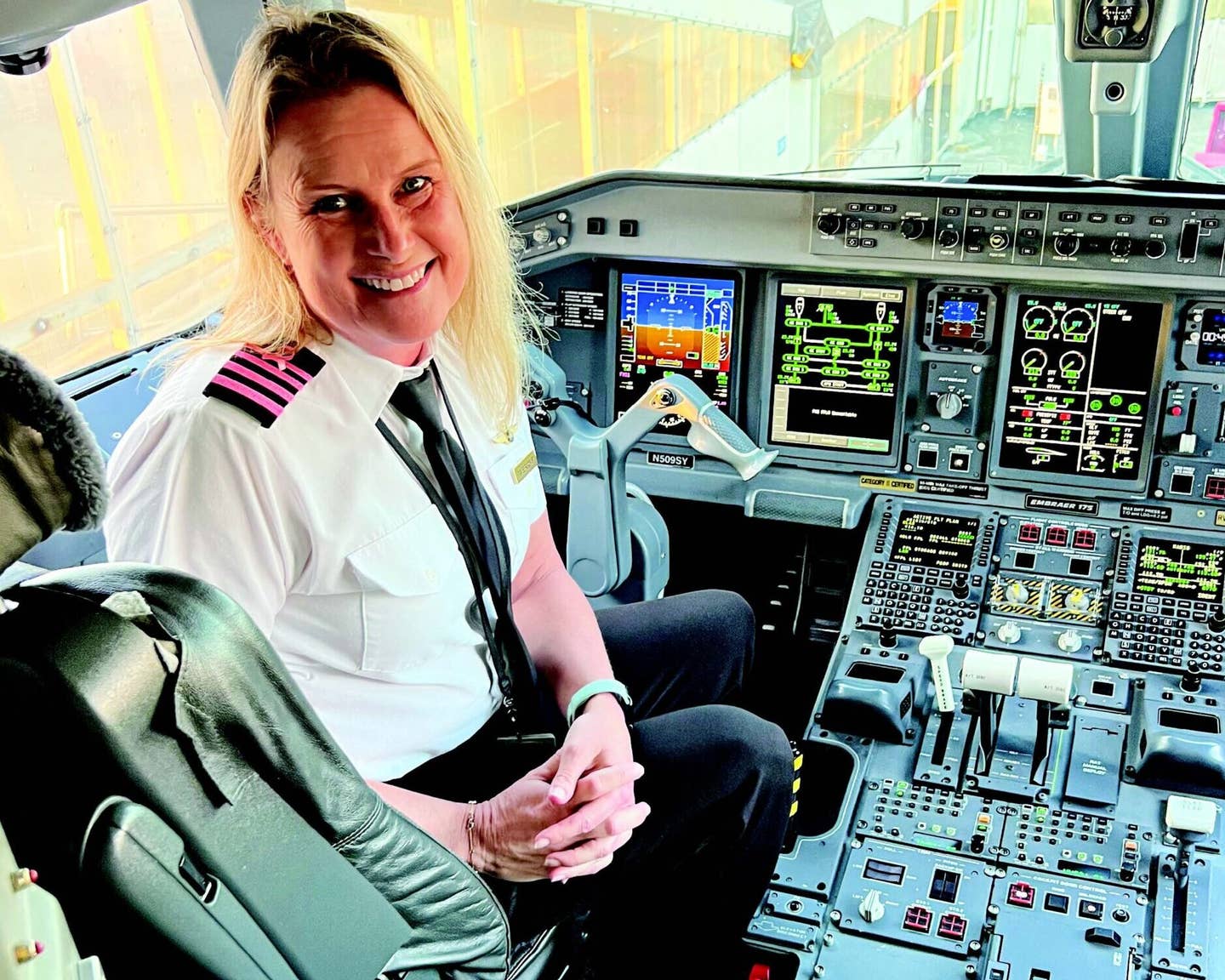
With diligence, preparation, and making connections, Pia Bergqvist says the path to the left seat at a major airline opens up to you. [Courtesy: Pia Bergqvist]
If you can picture yourself in the left seat of an Airbus, Boeing, or Embraer—or whatever transport category jet technology comes up with next—then you have the first necessary step complete on your way to becoming a professional pilot. However, the path you take—as we noted in the first feature in this section—requires more of you than simply obtaining a pilot certificate. While many focus on that narrow goal at first, it soon becomes clear that in order to successfully secure an airline pilot position with a regional, and then a major, you need to develop other skills to complement the fact you’re a decent stick.
If you're not already a subscriber, what are you waiting for? Subscribe today to get the issue as soon as it is released in either Print or Digital formats.
Subscribe NowLeadership on the flight deck sets those apart from the general pilot population—and there are ways to build your capabilities in this regard with greater assumption of authority along the way. We spoke with longtime FLYING contributor Pia Bergqvist about her journey from a well-rounded general aviation pilot to the left seat of a regional airliner—and, most recently, to the right seat of a Boeing 737 for a major U.S. airline. Her experience illuminates one way to accomplish the goal of becoming an airline pilot, and in this Q&A she shares her tips for being prepared when the opportunity knocks:
FLYING Magazine (FM): How did you know you wanted to pursue a career as a professional pilot, and specifically as an airline pilot?
Pia Bergqvist (PB): I grew up in Sweden and dreamed of being a pilot since I was 8 years old. Unfortunately, the challenge in researching the path to get there in the era before the internet, along with the fact that I was a woman desiring a very male-dominated profession, made my dream job seem unattainable.
I finally began pursuing my career in my late 20s. One of the first things I did was to become a member of Women in Aviation International, and I attended the conference in 2000. I remember visiting several airline booths and being blown away by all the women who were airline pilots. At that time, the one that stood out the most was FedEx, where I met a Swedish pilot who described her job. She flew all over the world, had lots of time off, and made enough money to live by the beach.
FM: When you committed to the pursuit, how did you identify the airline(s) you wanted to aim for? How did that choice affect your plans for training and what you needed to have on your résumé before applying?
PB: At the time when I started flying, I would have needed a significant amount of time flying as captain of a twin-turbine aircraft, preferably at a regional airline, before applying for a position with a major airline. While FedEx was my top choice, other attractive choices included United, American, Continental, and UPS, as they were all flying internationally.
I based my pick of potential regionals on advice from flight instructors at the flight school where I received all of my primary training—Justice Aviation in Santa Monica, California. The regional airlines of choice on the West Coast were SkyWest, Mesa, and American Eagle. I applied for my first airline job on September 10, 2001. As a result of the tragic events that followed the next day [on 9/11], I shelved my airline dream for nearly two decades.
FM: How did you build time before applying? What were the minimums when you made the application 20 years ago versus five years ago?
PB: When I first started flying, pilots were getting hired by regional airlines with as little as 1,000 hours of total time and a hundred hours of twin time. The industry was booming. I built most of my flight time through flight instruction before sending in my application with about 900 hours [under] my belt. I also built some twin time by flying from Torrance, California, to Nantucket, Massachusetts, and back in a Beechcraft Duchess.
At that time, the interview process was much more rigorous than it is today, and applicants had to have the written ATP test completed. Regionals also conducted cognitive tests and simulator evaluations.
- READ MORE: Airline Pilots Flying to Age 67?
Today, the FAA requires airline pilots to have at least 1,500 hours (or 1,000 through a limited number of approved flight training programs) and to complete an ATP-CTP training program before they can take the controls of an airliner—a change that resulted from the Colgan Air crash in 2009. Most airlines these days, whether regional or major, only require an application
and an interview. Whereas the major airlines used to require turbine PIC [pilot in command] time, some pilots are now hired with just a few hundred hours as a first officer.
FM: What tips do you have for that first interview?
PB: The most difficult part of getting hired with a major airline is actually getting to the interview stage. Stay in touch with the captains and flight instructors that you fly with. They will be a great resource when it comes time to apply as you will need several letters of recommendation. Meeting with the hiring teams at job fairs, meet-and-greets, and aviation conferences are also a good way to get your foot in the door.
There are many things that go into a successful interview. Make it clear that you really want to be there. Go in with a positive attitude. Dress well and make sure you’re groomed to look the part. Professional interview coaching companies, such as Emerald Coast, Cage Marshall Consulting, Raven Career Development, and Career Takeoff, are almost a must for a successful airline pilot interview. They will provide practice scenarios, targeted to your airline of choice, that will develop the confidence you need as you sit down to get grilled.
FM: How did initial training at the regional go? What tips would you give for a prospective pilot to help them prep for success in training?
PB: The initial training at the regional level can be very challenging. There are many new concepts that go into flying in a professional crew environment versus flying in general aviation.
Get familiar with the flows, callouts, and other procedures that are written into the company’s standard operating procedures [SOPs] manual as early as possible. The only way to learn these procedures is by constant repetition, so having a “paper tiger”—basically a printed version of the flight deck layout—and using it for chair flying is a very good way to get ready. Understand that it can take hundreds of repetitions to learn the proper procedures to an acceptable level. Just keep going.
Practice the flows, callouts, and procedures for normal, non-normal, and emergency operations until they’re perfect. And keep practicing them during times when you’re not in simulator training or the actual airplane. Being able to immediately and accurately execute emergency procedures is critical in those rare and unexpected situations, such as an engine failure.
FM: What was upgrading to captain like?
PB: When it came time for me to move from the right seat to the left seat, it felt very much like it felt to become a flight instructor. I questioned whether I was really ready to be the one in charge of the ship.
The key to success was channeling what I had learned from the captains who I enjoyed flying with as a first officer. So, pay close attention to what the captains do to get the airplane off the gate; how they deal with challenging situations with passengers, gate agents, and rampers; what they do if there is an maintenance issue or emergency, and so on. The schoolhouse upgrade training is great, but the more experience you have seeing how the real-world operations go, the better.
The training is basically identical to the first officer training, albeit with different flows and more responsibilities. Often, captain candidates are paired with first officers through the training and check rides. Your partner can make or break you, in either seat, so do your best to find a good one.
FM: When did you know you were ready to apply for the next step, the majors?
PB: Most people in the industry consider [this to be] an unprecedented time in airline pilot hiring. Everyone I flew with, whether captains or first officers, at the regional airline was talking about moving on.
There were many first officers I flew with who moved on before I did. There were some things in my personal life that held me back, and I thoroughly enjoyed my time at the regional airline, [but] it was time to move on. The working conditions, destinations, pay, and retirement plans are more attractive at the majors, even with the huge pay bump we got at the regionals in 2022.
I was proud to be a regional airline captain. But now I feel like I have reached the pinnacle of my career.
FM: How did you approach that training differently, knowing what you know now?
PB: I found the training at the major airline much more relaxed. Perhaps it was because I was more prepared and ready for the hard work that is required of pilots in airline training departments. But it appeared to me that the level of respect at the major airline was higher.
At the regional level, there were hard limits on how many extra hours of training pilots could receive or how many events could be unsuccessful before they let a trainee go. As a result, the stress level was high.
From my very loosely gathered data, it appears that about 15 percent of the trainees at my regional airline were let go for one reason or another. That stressor didn’t exist at the major airline where I trained. We were made to feel very welcome and part of the family.
FM: What qualities do you think pilots need to cultivate to shine in a sea of candidates for the same role?
PB: Be professional, both in appearance and the way you handle yourself. Be prepared. Make sure you keep current on company SOPs, FARs, and instrument procedures, how to interpret weather data, and other details that you should be familiar with as a professional pilot. Build relevant flight time. Volunteer with aviation organizations to show your passion for the profession.
If you’re applying for a major airline job, go the extra mile and visit a job fair, conference, or meet-and-greet to get your name on the radar. Keep in touch with people you’ve met, and treat people with kindness and respect. Before an interview, seek help from one of several airline interview prep companies, but find a way to be yourself.
The stakes are way too high to just “wing it.”
This Q&A first appeared in the March 2024/Issue 946 of FLYING’s print edition.

Sign-up for newsletters & special offers!
Get the latest FLYING stories & special offers delivered directly to your inbox



